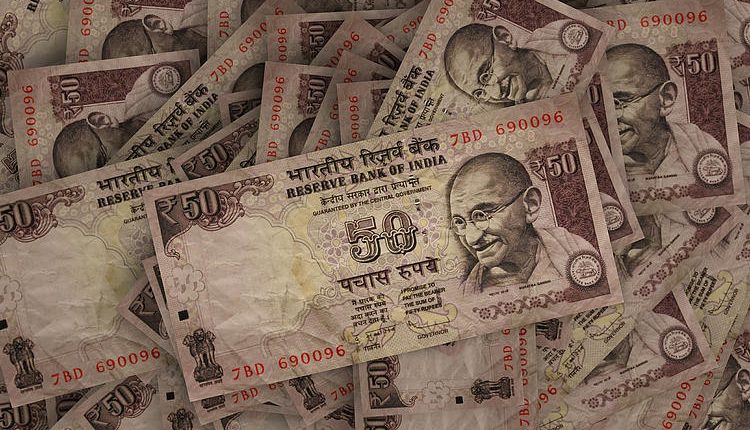- The Indian Rupee attracts some sellers in Friday’s early European session.
- The ongoing USD strength and worries about India’s economic slowdown continue to undermine the INR.
- The US December ISM Manufacturing PMI will be closely monitored.
The Indian Rupee (INR) extends its downside on Friday after closing at its weakest level on record for the eighth consecutive session. The local currency remains under pressure as the heavy US Dollar (USD) demand in the non-deliverable forward (NDF) market has widened the arbitrage with the Indian onshore market. Additionally, the discouraging growth rate in India, a wider trade deficit, and a slowdown in capital inflows contribute to the INR’s downside.
Nonetheless, the Reserve Bank of India (RBI) might intervene to sell the USD and offer short-term relief for the INR. Traders await the US December ISM Manufacturing Purchasing Managers Index (PMI) for fresh impetus, which is due on Friday. Also, the Federal Reserve Bank of Richmond President Thomas Barkin is set to speak later in the day.
Indian Rupee further weakens despite RBI’s intervention
- The Rupee is likely to experience slight depreciation in 2025, driven by volatile foreign portfolio investment(FPI) flows and a potentially stronger US dollar, per the Bank of Baroda report.
- State-run banks were spotted selling USD to the tune of $800 million to $1 billion, traders said.
- The Indian HSBC Manufacturing PMI hit a 2024 low in December, falling to 56.4 from 57.4 in November. This figure came in weaker than the 57.8 expected.
- “India’s manufacturing activity ended a strong 2024 with a soft note amid more signs of a slowing trend, albeit moderate, in the industrial sector. The rate of expansion in new orders was the slowest in the year, suggesting weaker growth in future production,” said Ines Lam, economist at HSBC.
- The US Initial Jobless Claims for the week ending December 28 declined to 211K, compared to the previous week’s print of 220K (revised from 219K), according to the US Department of Labor (DOL) on Thursday. This reading came in below the market consensus of 222K.
USD/INR keeps firm tone, overbought RSI warrants caution for bulls
The Indian Rupee trades with a negative bias on the day. According to the daily chart, the strong uptrend of the USD/INR pair remains intact since the pair broke above the ascending trend channel over the past week. The path of least resistance is to the upside as the pair holds above the key 100-day Exponential Moving Average (EMA).
However, the 14-day Relative Strength Index (RSI), with a reading above 70, suggests an overbought condition and signals that further consolidation cannot be ruled out before positioning for any near-term USD/INR appreciation.
In the bullish event, the first upside barrier emerges at the all-time high of 85.81. Sustained trading above the mentioned level could pave the way to the 86.00 psychological mark.
On the downside, the initial support level for USD/INR is located at the resistance-turned-support level of 85.54. A breach of this level could see a drop to 85.00, the round figure. The next contention level to watch is the 100-day EMA at 84.40.
RBI FAQs
The role of the Reserve Bank of India (RBI), in its own words, is “..to maintain price stability while keeping in mind the objective of growth.” This involves maintaining the inflation rate at a stable 4% level primarily using the tool of interest rates. The RBI also maintains the exchange rate at a level that will not cause excess volatility and problems for exporters and importers, since India’s economy is heavily reliant on foreign trade, especially Oil.
The RBI formally meets at six bi-monthly meetings a year to discuss its monetary policy and, if necessary, adjust interest rates. When inflation is too high (above its 4% target), the RBI will normally raise interest rates to deter borrowing and spending, which can support the Rupee (INR). If inflation falls too far below target, the RBI might cut rates to encourage more lending, which can be negative for INR.
Due to the importance of trade to the economy, the Reserve Bank of India (RBI) actively intervenes in FX markets to maintain the exchange rate within a limited range. It does this to ensure Indian importers and exporters are not exposed to unnecessary currency risk during periods of FX volatility. The RBI buys and sells Rupees in the spot market at key levels, and uses derivatives to hedge its positions.
Read the full article here

